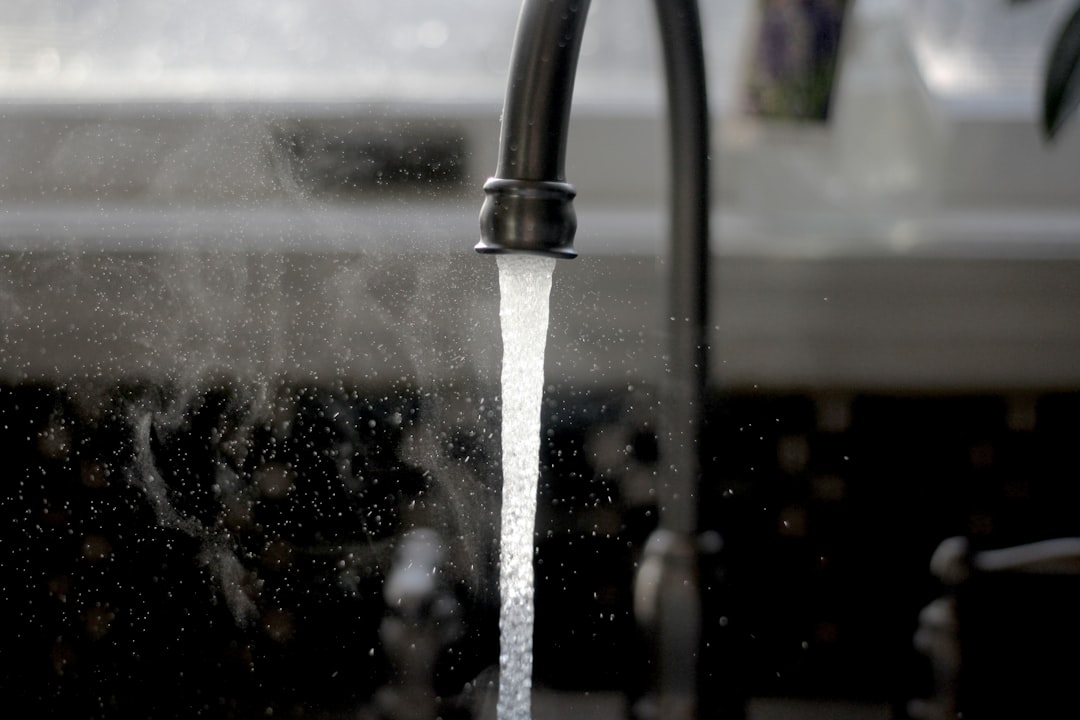Table of Contents
- Introduction
- Context of John 8:1-11: Historical and Cultural Background
- The Accusation: Understanding the Charges Against the Woman
- Jesus’ Response: The Wisdom of a Savior Amid Judgment
- The Importance of Mercy and Forgiveness in Christianity
- Comparison with Other Biblical Instances of Grace
- Contemporary Parallels: The Role of Judgment and Redemption Today
- The Theological Implications of ‘Go and Sin No More’
- The Transformative Power of Encountering Jesus
- Conclusion
- Frequently Asked Questions
Introduction
In a world quick to cast judgment, the story of Jesus and the woman caught in adultery resonates with a powerful message of grace, forgiveness, and the possibility of redemption. As the religious leaders thrust her into the spotlight, demanding her punishment, Jesus responded not with condemnation but with profound compassion: “Neither do I condemn you. Go, and from now on do not sin anymore” (John 8:11, CSB).
This moment encapsulates the heart of Christianity—an invitation to embrace second chances and to recognize our own flaws while extending mercy to others. What lessons can we glean from Jesus’ reaction, and how can they inspire us in our own lives? This article will explore the implications of grace and forgiveness, challenging us to reflect on our attitudes toward sin and redemption. Together, we will uncover the hope that lies in second chances and learn how we too can practice the transformative power of grace in our everyday lives. Join us as we delve into these crucial themes and discover the way forward illuminated by love and understanding.
Context of John 8:1-11: Historical and Cultural Background
The narrative of John 8:1-11 takes place in a historical context marked by strict adherence to Jewish law, particularly regarding issues of morality and sin. Adultery was considered a serious offense, warranting severe punishment, often prescribed by the Mosaic Law. In this setting, the act of bringing the woman caught in adultery before Jesus was not merely a legalistic challenge but also an attempt to test His stance on the law and His authority.
During the time of Jesus, societal norms were heavily influenced by patriarchal values, which often resulted in women bearing the brunt of moral judgments. This cultural backdrop sheds light on the significance of the story, as it highlights the tension between law, mercy, and societal expectations. Furthermore, the presence of the religious leaders in the text illustrates the ongoing struggle between tradition and the emerging message of Jesus, which emphasized forgiveness and redemption.
Through understanding this historical and cultural context, readers can better appreciate the deeper implications of Jesus’ response and the transformative message embedded in this passage.
The Accusation: Understanding the Charges Against the Woman
The story of Jesus and the woman caught in adultery, found in John 8:1-11, presents a powerful moment of judgment and mercy. The accusation against this woman is severe, as she was caught in the act of adultery, an offense punishable by stoning according to the Mosaic Law. The religious leaders, seeking to test Jesus, brought her before Him, intending to challenge His authority and interpretation of the law.
Adultery was viewed not only as a breach of moral conduct but also as a violation of community trust and family integrity. Those charged with such an offense were often subjected to public shaming and severe punishment. The religious authorities used this case strategically, aiming to see whether Jesus would advocate for strict adherence to the law or show compassion and forgiveness.
This incident highlights the complexities surrounding sin, judgment, and the societal norms of the time. It prompts the audience to consider deeper questions about guilt, accountability, and the potential for redemption, making it a focal point for discussions about justice and mercy.
Jesus’ Response: The Wisdom of a Savior Amid Judgment
In the narrative of John 8:1-11, Jesus’ response to the woman caught in adultery reveals profound wisdom and compassion amid a backdrop of judgment. The religious leaders, eager to condemn her according to the Law of Moses, sought to trap Jesus in a moral dilemma. Yet, instead of issuing an immediate judgment, He chose a surprising approach.
By writing in the sand, Jesus created a moment of reflection and silence, compelling the accusers to reconsider their actions. His statement, ‘Let him who is without sin among you be the first to throw a stone at her,’ powerfully shifted the focus from the woman’s sin to the universality of human imperfection. In this act, Jesus demonstrated not only his authority but also his understanding of grace.
Ultimately, the accusers left one by one, and the woman found herself alone with Jesus. His gentle admonition to ‘go and sin no more’ encapsulated both His mercy and His call to transformation. This interaction highlights Jesus’ role as a Savior who embodies wisdom, offering a path of redemption rather than condemnation.
The Importance of Mercy and Forgiveness in Christianity
The concepts of mercy and forgiveness are foundational to Christianity, emphasizing the importance of compassion and understanding in the face of wrongdoing. In the New Testament, Jesus often exemplifies these virtues, teaching his followers that mercy should be extended to all, regardless of their past actions. The story of the woman caught in adultery, found in John 8:1-11, illustrates this principle vividly. Rather than condemn her, Jesus demonstrates profound mercy, urging those present to reflect on their own sins before judging her.
Forgiveness in Christianity goes beyond mere tolerance; it is about restoring relationships and fostering healing. Christians believe that God’s immense mercy and grace provide the framework for human interactions. Such forgiveness encourages believers to let go of grudges and resentments, promoting peace and reconciliation within communities. This potent message serves as a reminder that everyone is worthy of redemption. Mercy and forgiveness together offer a pathway to spiritual growth, highlighting the transformative power of grace in personal lives and society.
Comparison with Other Biblical Instances of Grace
The narrative of Jesus and the woman caught in adultery in John 8:1-11 is a profound example of grace that echoes other moments within the Bible. Like the story of the prodigal son in Luke 15:11-32, both instances highlight unconditional love and forgiveness from a higher authority. In the prodigal son’s case, the father welcomes back his wayward son without reservation, representing God’s grace and mercy.
Similarly, in the story of the woman, Jesus challenges her accusers and offers her forgiveness, illustrating how grace transcends the law. This theme resonates with the encounter between Jesus and Zacchaeus in Luke 19:1-10, where Jesus, without hesitation, invites himself to the home of a tax collector, showcasing acceptance despite societal judgment.
Moreover, these accounts reveal a central biblical truth: grace is not limited to the deserving nor contingent upon strict adherence to the law, but is a gift extended even to the most marginalized and condemned. Such comparisons deepen the understanding of grace as a powerful force of redemption throughout the scriptures.
Contemporary Parallels: The Role of Judgment and Redemption Today
In contemporary society, the themes of judgment and redemption resonate deeply, mirroring the biblical account of Jesus and the woman caught in adultery. This passage highlights the tension between societal expectations and personal transformation, an issue that remains pertinent today.
In various contexts, individuals often face criticism and judgment for their mistakes, much like the woman in this narrative. However, this story emphasizes the importance of compassion and understanding over condemnation. The call for redemption in today’s world is widespread, as individuals seek forgiveness and a second chance, whether in personal relationships, careers, or community involvement.
The role of judgment can be seen in social media, where public scrutiny can lead to swift and often harsh verdicts on people’s actions. Yet, like Jesus’ response to the woman, society has the opportunity to extend grace and encourage growth. This contemporary parallel serves as a reminder that while judgment may seem easier, the path of redemption fosters healing and unity in a fragmented world.
The Theological Implications of ‘Go and Sin No More’
The phrase ‘Go and sin no more,’ spoken by Jesus in John 8:11, carries profound theological implications that resonate with the core messages of forgiveness, repentance, and transformation. This directive not only emphasizes the reality of sin but also underscores the possibility of change and redemption. In instructing the woman caught in adultery to ‘sin no more,’ Jesus highlights the expectation that forgiveness is not merely an absolution of guilt but a call to a new way of life.
Theological interpretations often center on the nature of divine grace and its transformative power. Jesus’ command suggests that genuine repentance is essential for receiving God’s grace. This presents a theological foundation where grace leads to moral responsibility. The woman’s encounter with Jesus serves as a model for believers, illustrating that while humanity is prone to sin, divine mercy offers a pathway to redemption.
This incident challenges individuals to reflect on their moral choices, promoting a continuous journey of faith and personal growth. It serves as a reminder that encountering Jesus leads to an opportunity for personal transformation, urging believers towards a life aligned with Christ’s teachings.
The Transformative Power of Encountering Jesus
The narrative of Jesus and the woman caught in adultery, found in John 8:1-11, illustrates the transformative power of encountering Jesus. This encounter showcases not only mercy and forgiveness but also the possibility of a new beginning. The woman, facing condemnation and potential death, is met with compassion from Jesus, who challenges her accusers and ultimately offers her a chance for redemption.
In this moment, we witness a profound shift from shame to grace. Jesus does not dismiss the seriousness of her actions; instead, He acknowledges her reality while extending forgiveness. This duality reflects the essence of Jesus’ ministry—addressing sin while providing hope for a transformed life.
As the woman stands before Jesus, she experiences a radical change. She is not defined by her past but rather given the opportunity to embrace a future free from condemnation. Such encounters with Jesus encourage individuals to reclaim their dignity, recognize their worth, and choose a path of righteousness, serving as a reminder of the life-altering effects of divine grace.
Conclusion
In conclusion, the story of Jesus and the woman caught in adultery serves as a powerful reminder that grace, forgiveness, and second chances are deeply woven into the fabric of our faith. No matter how heavy the burdens we carry or how steep the mountains of judgment may seem, we are never alone; Christ walks alongside us, ready to extend His arms in love and mercy. This encounter reflects a universal truth—no one is beyond redemption, and every individual possesses the potential for transformation.
As you reflect on this profound narrative, consider the questions: What is God saying to you? and more importantly, What are you going to do about it? The invitation to embrace grace and to extend it to others lays before us all. May we find the courage to step into a life marked not by shame or judgment, but by love and hope, knowing that our Savior is always present, calling us to rise, transform, and live as beacons of His grace.














